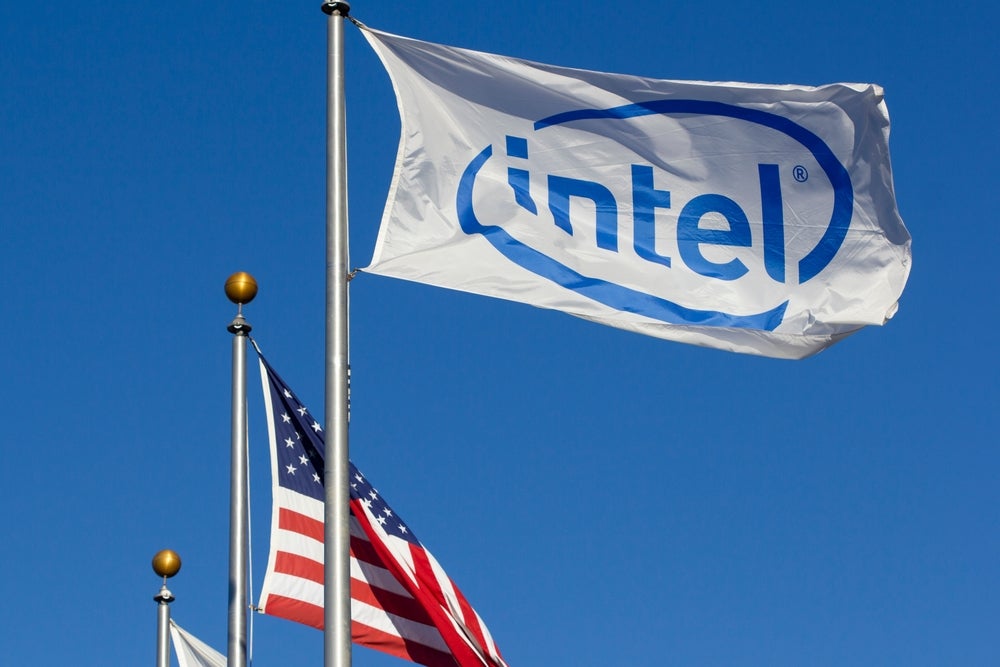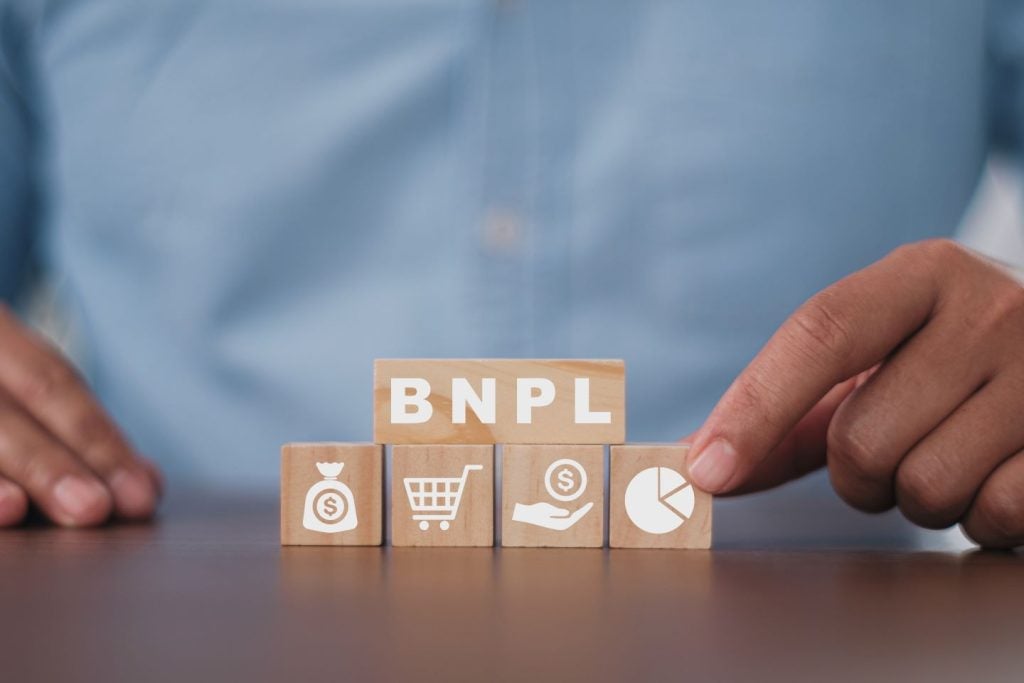Yandex has filed a patent for a method and system to authenticate users without requiring additional information. The method involves generating a unique identifier for each user-service pair and comparing it to a target identifier to authenticate the user. This eliminates the need for users to provide extra information during the authentication process. GlobalData’s report on Yandex gives a 360-degree view of the company including its patenting strategy. Buy the report here.
According to GlobalData’s company profile on Yandex, social media analytics was a key innovation area identified from patents. Yandex's grant share as of September 2023 was 46%. Grant share is based on the ratio of number of grants to total number of patents.
Method and system for authenticating a candidate user
A recently filed patent (Publication Number: US20230299958A1) describes a method and system for authenticating a candidate user associated with two different services. The method involves acquiring a request for a candidate User-Service Unique Identifier (USUID) from the first service, which is associated with a Service Unique Identifier (SUID). The candidate USUID is generated by the second service by encrypting user information and the SUID. The first service then acquires a token and a signature from the second service. The signature is validated, and the candidate USUID is compared against a target USUID associated with a target user of the first service. If the candidate USUID matches the target USUID, the candidate user is authenticated as the target user without requiring additional information.
The patent also describes various additional features and configurations. For example, the target user may have been previously authenticated with the first service, and the target USUID is stored by the first service. The encryption process involves using a secret key and the SUID as an initialization vector for a Galois/Counter Mode (GCM) algorithm. The signature is generated using a second secret key with a Hash Message Authentication Code (HMAC) algorithm. The token used in the process is a JSON Web Token (JWT) that includes the USUID in the payload portion and the signature in the signature portion. A timestamp value may also be included in the payload portion to indicate the validity period of the USUID.
The system described in the patent includes backend servers for the first and second services, with the candidate user's electronic device being communicatively connected to these servers over a communication network. The system operates in a similar manner to the method, acquiring the candidate USUID, generating the token and signature, and performing the authentication process.
Overall, this patent presents a method and system for authenticating a candidate user across different services without requiring the user to provide additional information. The use of unique identifiers, encryption, and signature validation ensures secure and efficient authentication. The patent also covers various configurations and features that enhance the authentication process, such as storing target USUIDs, using specific encryption and signature algorithms, and including timestamp values in the token.
To know more about GlobalData’s detailed insights on Yandex, buy the report here.
Data Insights
From

The gold standard of business intelligence.
Blending expert knowledge with cutting-edge technology, GlobalData’s unrivalled proprietary data will enable you to decode what’s happening in your market. You can make better informed decisions and gain a future-proof advantage over your competitors.







